Opinion: Pro gravel racing is good for the Spirit of Gravel
The more pro it becomes, the more gravel there is left for the rest of us
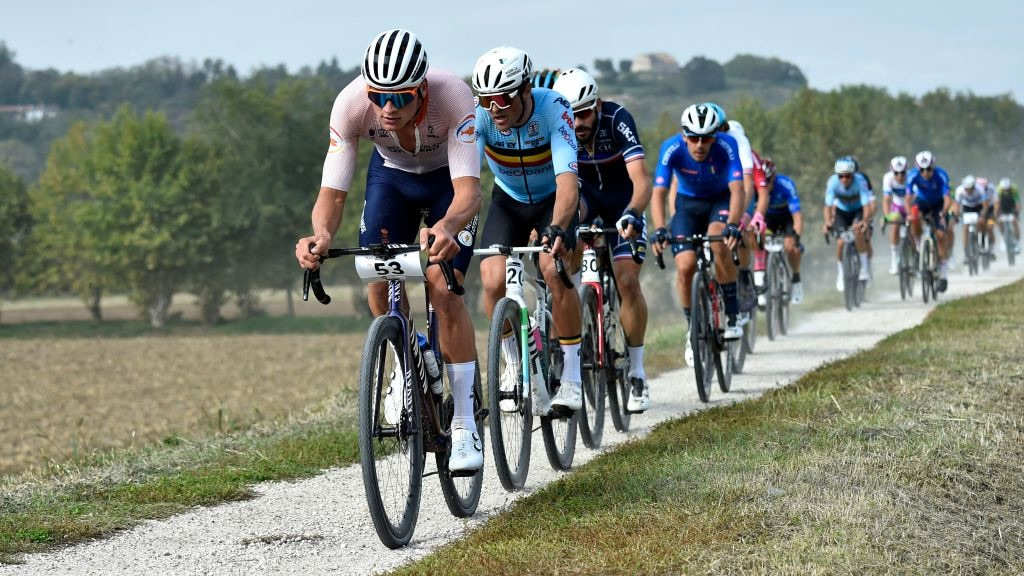
Unless you’ve been living under a rock, or you are new to gravel as a cycling genre, you’ll have come across the term ‘Spirit of Gravel’ before. It’s hard to miss – a phrase used liberally by those in the cycling media – but finds its greatest use among marketers and influencers. It is also one of those terms that can seemingly mean all things to all people.
To some, just riding a gravel bike is the Spirit of Gravel (henceforth abbreviated to 'SoG'). To others it’s bikepacking. To some, it’s strategically underbiking, which oddly would then make Paris-Roubaix SoG. It’s community, it’s camping, it’s 90’s mountain bikes, it’s friction shifting, it’s ultra racing, it’s bike touring, but above all, it is fundamentally anti-mainstream.
The thread linking every mention of SoG is a railing against the status quo, whether it’s a brand telling you that its new bike-packing bag will imbue you with an independent spirit, or the arms race of gravel and ultra events becoming ever more difficult, remote, and generally unpleasant in an attempt to out-SoG each other, it’s all a play to make you feel cool, and basically not-a-roadie.
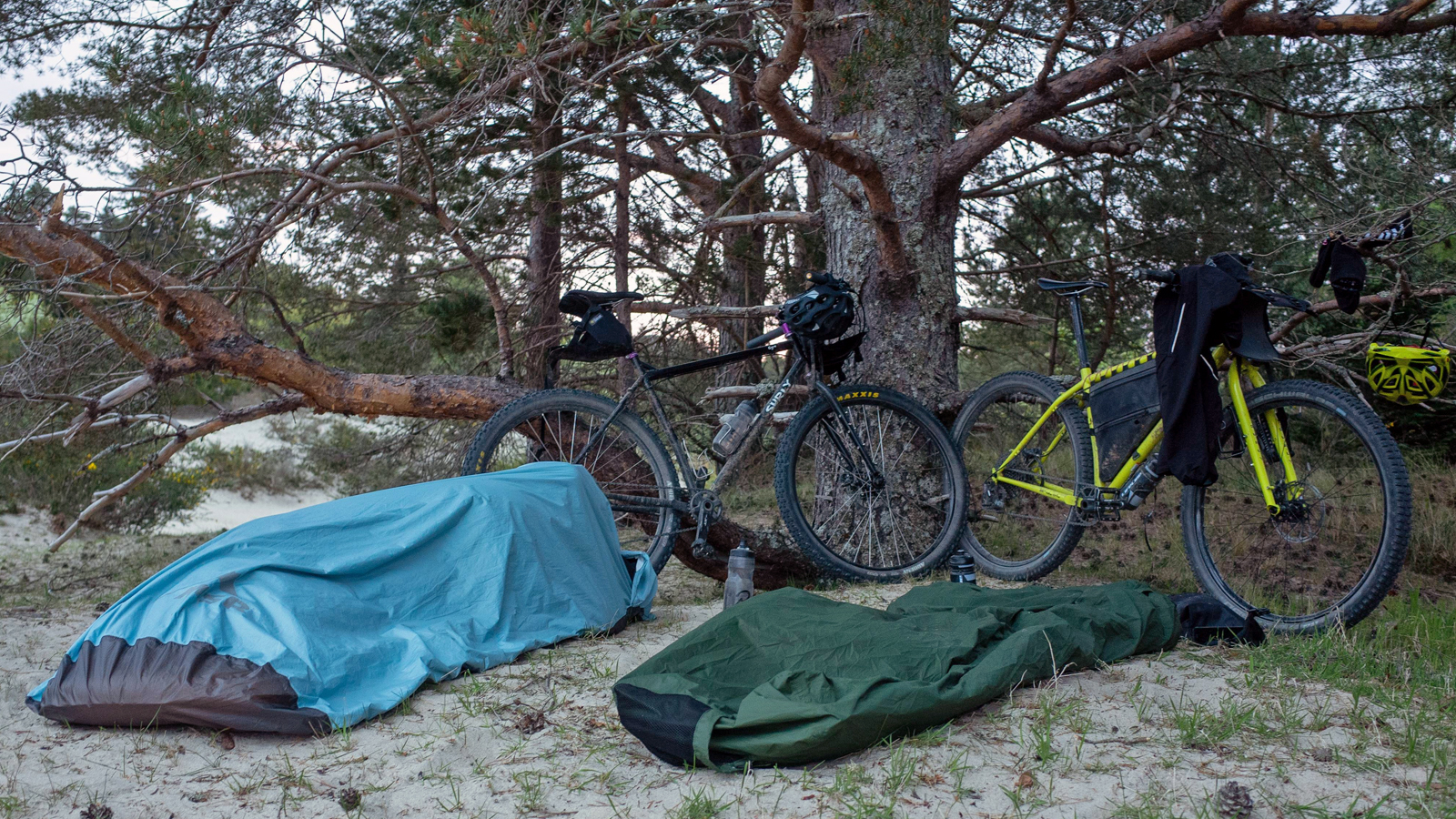
How has the Spirit of Gravel changed?
I’m afraid if anyone is labouring under the misapprehension that gravel is still underground I need to burst that bubble. From a commercial standpoint gravel is the largest segment for so many brands that I speak to, and even smaller gravel events now are attended by numbers orders of magnitude larger than even the biggest events had years ago.
Unbound, back when it was still sadly named ‘Dirty Kanza’, is the pinnacle of the gravel race scene but back in 2006 it was attended by 36 riders. You get more than that on my local club’s Monday night gravel ride! Hell, even the Tour de France has a gravel stage this year.
With the popularity of gravel now, the SoG has morphed from just ‘riding drop bars off road’, which was itself a countercultural activity nearly 20 years ago, and migrated towards the fringes and the extremes. Unsupported gravel and ultra races push the envelope – see Unbound XL, an attempt to bring the SoG back to Unbound – and are themselves far from the mainstream by their twin virtues of being incredibly difficult, and near impossible to follow beyond what is offered by watching a dot move on a map.
Ultra racing and bikepacking go hand in hand, and while ultra racing keeps the competitive ember burning, bikepacking is the heart and soul of so many marketing departments at the moment. In much the same way as giant SUVs are sold in America to free-spirited offroaders, only to spend all their time in traffic on a freeway, gravel bikes are sold on their ability to allow you to go camping by bike, only to be ridden down three or four sections of bridleway once a week. This is where the SoG has bedded in, but things are changing thanks to the proliferation of pro racing.
Get The Leadout Newsletter
The latest race content, interviews, features, reviews and expert buying guides, direct to your inbox!
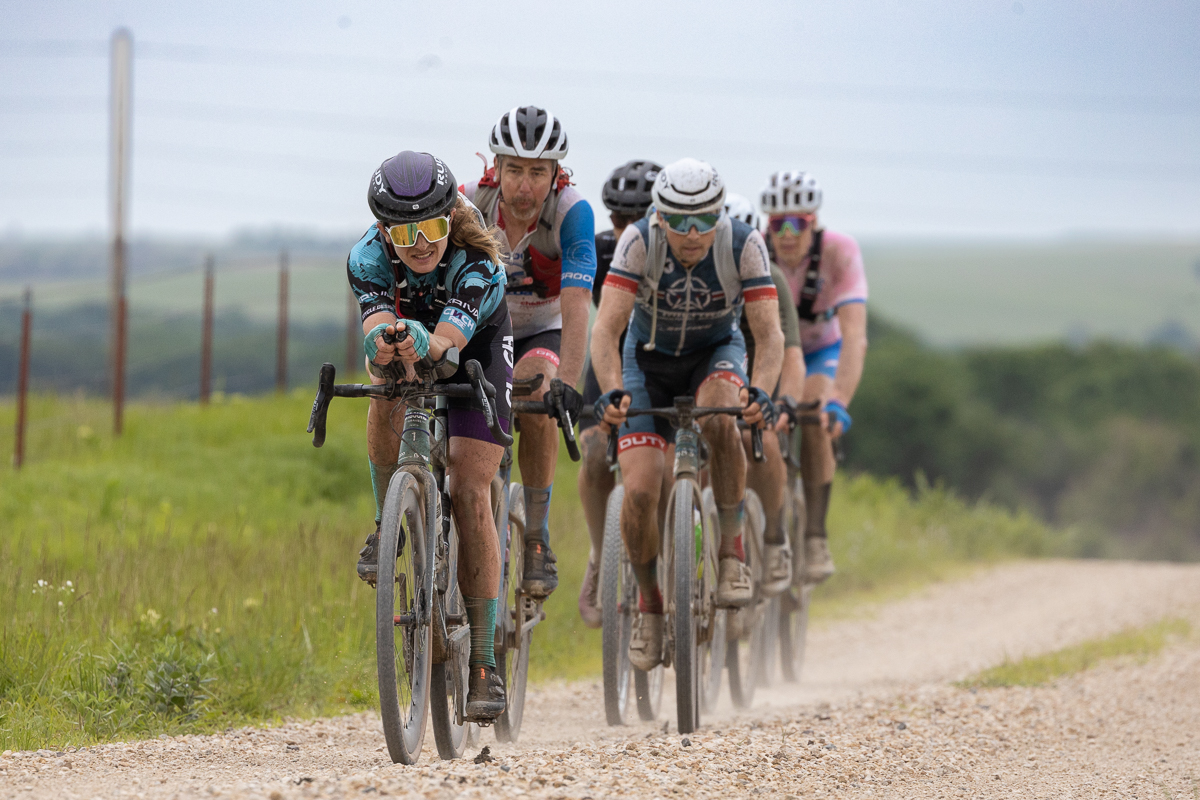
Pro racing and the Spirit of Gravel
Nothing rustles the gravelly feathers quite like the pro-ification of gravel. Gravel racing came under the SoG umbrella for years, and while there was competition, you’d have been a pariah if you turned up in aero socks.
Aero is not SoG. We’ve seen gravel racing creep from the addition and debate on aero bars, through to fully fledged race series, and even the involvement of the UCI and a rainbow jersey for the gravel world champion, so far almost exclusively won by road riders, with Pauline Ferrand-Prévot the exception as a predominantly cyclo-cross/MTB rider.
Pro roadies now regularly rock up at the biggest gravel races, and while for a few years, the gravel race scene was partially akin to a retirement tour for some pros, like Messi going to Inter Miami or Ronaldo to Al-Nassr, it now very much has its own superstars.
Gravel racing is what we report most on here at Cyclingnews, and that does somewhat skew my perception, but in terms of the way gravel races and gravel tech drive clicks, I’m pretty confident in saying it’s the main pillar of the gravel world now.
Participation in gravel events gives us a chance to ride the same courses as the pros, often at the same time, or at least on the same day. This surely is going to erode the SoG, then? Nope. I think the more pro gravel becomes, the stronger the SoG becomes everywhere else.
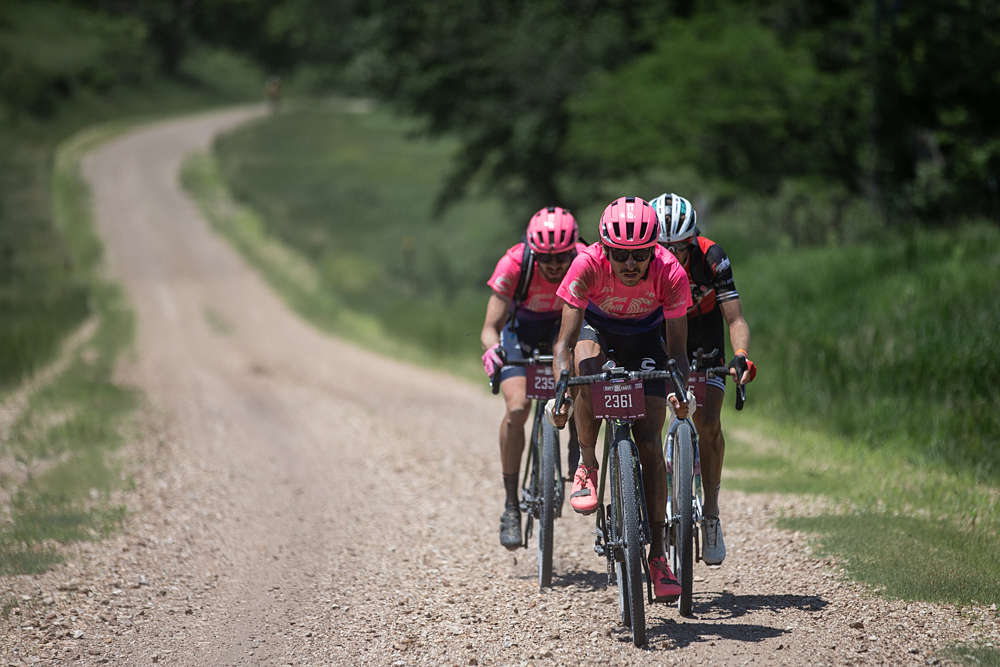
Make gravel underground again
There was a danger for a time of gravel becoming uncool. Pro racing, bickering over aerobars and hydration backpacks… it wasn’t a good look when it was mentioned in the same breath as your local Saturday grav excursion.
Now I think pro gravel racing has become so siloed, and so popular, that the rest of gravel is becoming less mainstream again as a result, or at least is perceived as such – sales figures of gravel bikes may slightly burst this argument.
Regardless, the more ‘gravel’ becomes synonymous with the mass start, marginal gains, tyre pressure obsessing, and carbs per hour, the more the rest of us – myself very much included in this – get to feel cool again. It also means we get to cherry-pick from the best new tech too, as a healthy race scene means better bikes.
We have seen this playbook before in the world of mountain biking. It was initially this underground thing going on in Marin County, before exploding in popularity, developing a race scene, which then slowly diverged away. I am not a mountain biker, but the majority of those I do know identify far more with the rad, non-racing kind of MTB than they do with superlight short-track XC riding.
With every year that passes, gravel racing is becoming a more established, more legitimate corner of our sport, and at the same time, the rest of us are more at liberty to enjoy just riding gravel bikes however we like.
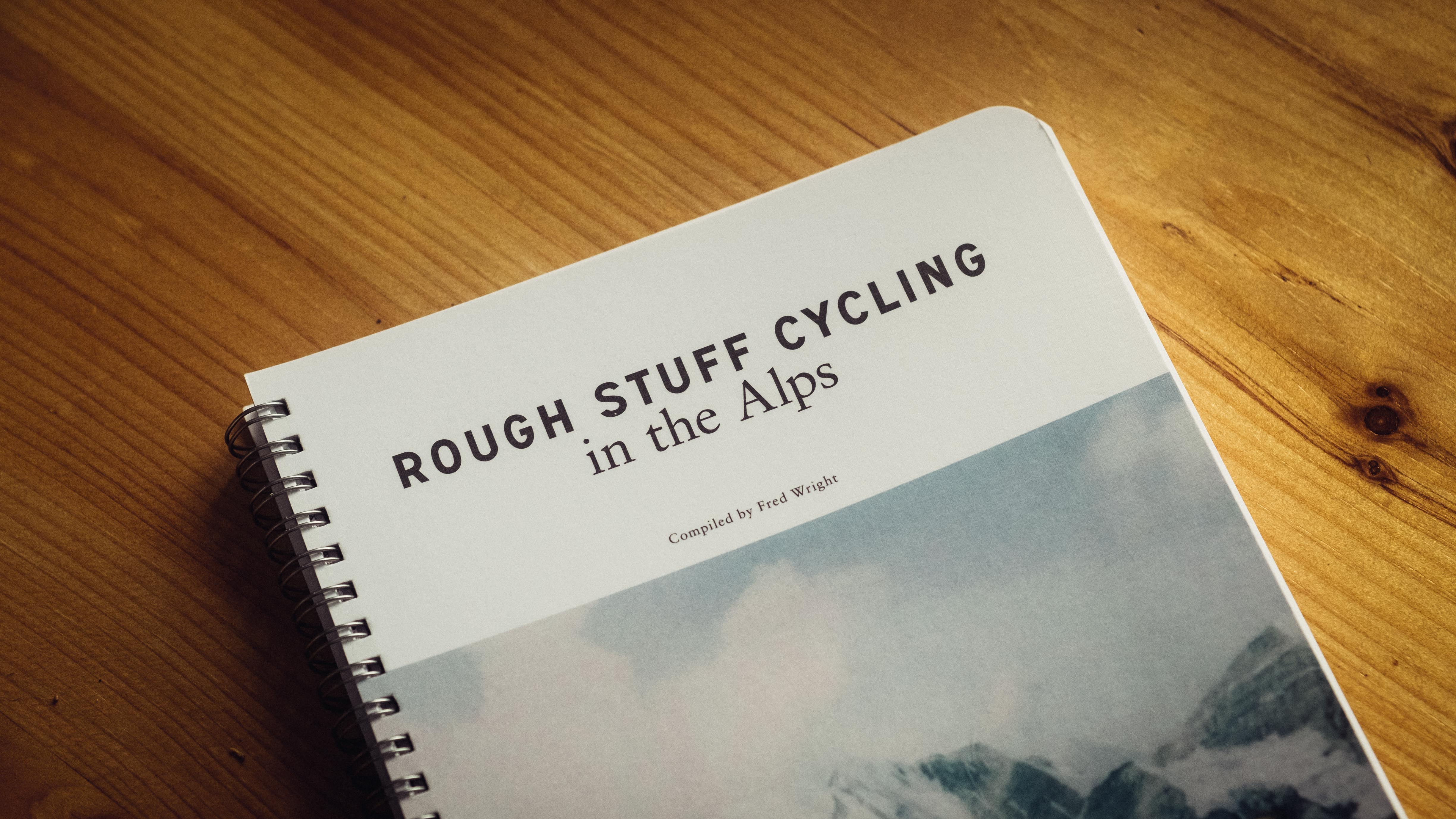
Gravel, and cycling itself, will come full circle
I may have come across a little anti-SoG here, but that is to some degree because I’m trying to come down on one side of the fence for the avoidance of ambiguity. I am actually slightly obsessed with my own version of SoG, which for me began with the inception of the Rough Stuff Fellowship in a pub in 1955 in Herefordshire, just to the English side of the England-Wales border.
For those of you unaware, the history of the Rough Stuff Fellowship is essentially riding (with a lot of pushing) normal bikes off-road. There’s an intrepid spirit, along with sturdy knitwear, heavy bikes, and a lot of tea and fish finger sandwiches cooked on a camp stove.
It began at the advent of mass-participation cycling in Britain, before any real splitting into the genres we have today. It’s the oldest off-road cycling club in the world, and it has remained active in spite of roadies, mountain bikers, and gravel riders calving off into distinct groups.
Gravel, though, feels the most like the ethos of the Rough Stuff Fellowship; a kind of bloody-minded, strategic underbiking. As pro gravelling grows, the rest of us may well revert back to this kind of riding, or may already be doing so. We’ve just got to remember to keep doing it after the marketing departments have moved on to other things.

Will joined the Cyclingnews team as a reviews writer in 2022, having previously written for Cyclist, BikeRadar and Advntr. He’s tried his hand at most cycling disciplines, from the standard mix of road, gravel, and mountain bike, to the more unusual like bike polo and tracklocross. He’s made his own bike frames, covered tech news from the biggest races on the planet, and published countless premium galleries thanks to his excellent photographic eye. Also, given he doesn’t ever ride indoors he’s become a real expert on foul-weather riding gear. His collection of bikes is a real smorgasbord, with everything from vintage-style steel tourers through to superlight flat bar hill climb machines.